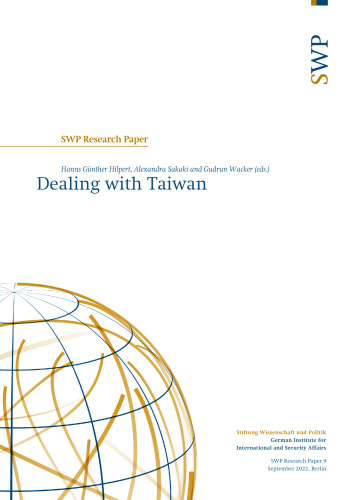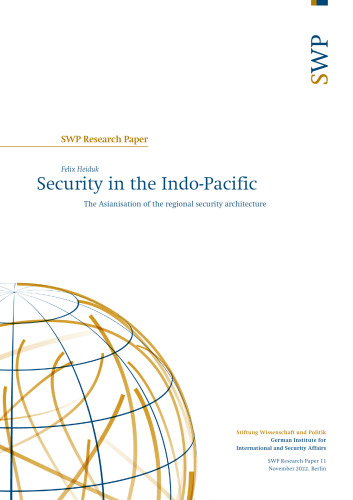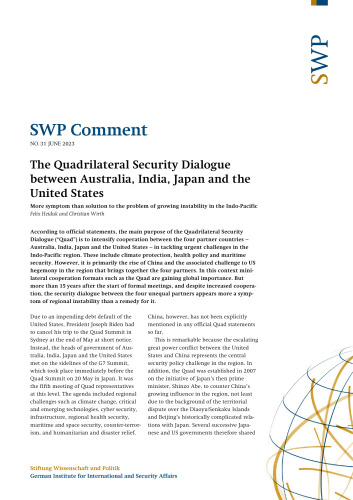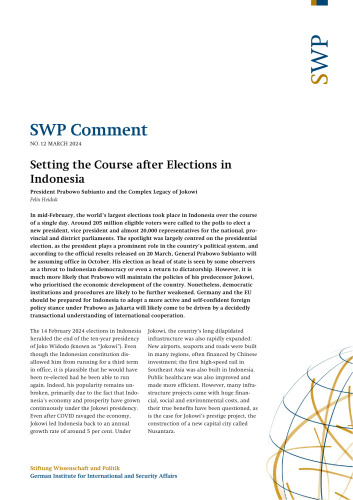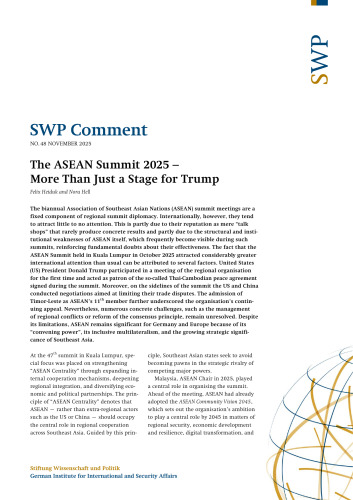This question is explored through a discussion of the films written and directed by Quentin Tarantino, largely regarded as the epitome of postmodern cinema and considered here as theoretical contributions in their own right. Each chapter first presents key ideas proposed by a specific theorist and then puts them in conversation with Tarantino’s films. Jacques Rancière’s theory of art is used to reject postmodernism’s claims about the ‘death’ of the aesthetic image in contemporary cinema. Fredric Jameson’s and Slavoj Žižek’s dialectical thinking is mobilized to challenge simplistic, ideological readings of postmodern cinema in general, and Tarantino’s films in particular. Finally, the direct influence of Carol Clover’s psychoanalytical approach to the horror genre on Tarantino’s work is discussed to prove the director’s specific contribution to a theoretical understanding of contemporary film aesthetics.
چکیده فارسی
این پرسش از طریق بحث در مورد فیلمهایی که کوئنتین تارانتینو نوشته و کارگردانی کرده است، بررسی میشود، که عمدتاً به عنوان مظهر سینمای پست مدرن در نظر گرفته میشوند و در اینجا بهعنوان کمکهای تئوریک به خودی خود در نظر گرفته میشوند. هر فصل ابتدا ایده های کلیدی ارائه شده توسط یک نظریه پرداز خاص را ارائه می دهد و سپس آنها را در گفتگو با فیلم های تارانتینو قرار می دهد. نظریه هنر ژاک رانسیر برای رد ادعاهای پست مدرنیسم درباره «مرگ» تصویر زیباییشناختی در سینمای معاصر به کار میرود. تفکر دیالکتیکی فردریک جیمسون و اسلاوی ژیژک برای به چالش کشیدن خوانش های ساده انگارانه و ایدئولوژیک از سینمای پست مدرن به طور کلی و فیلم های تارانتینو به طور خاص بسیج شده است. در نهایت، تأثیر مستقیم رویکرد روانکاوانه کارول کلاور به ژانر وحشت بر آثار تارانتینو مورد بحث قرار گرفته است تا سهم خاص کارگردان در درک نظری زیباییشناسی فیلم معاصر را اثبات کند.
ادامه ...
بستن ...



